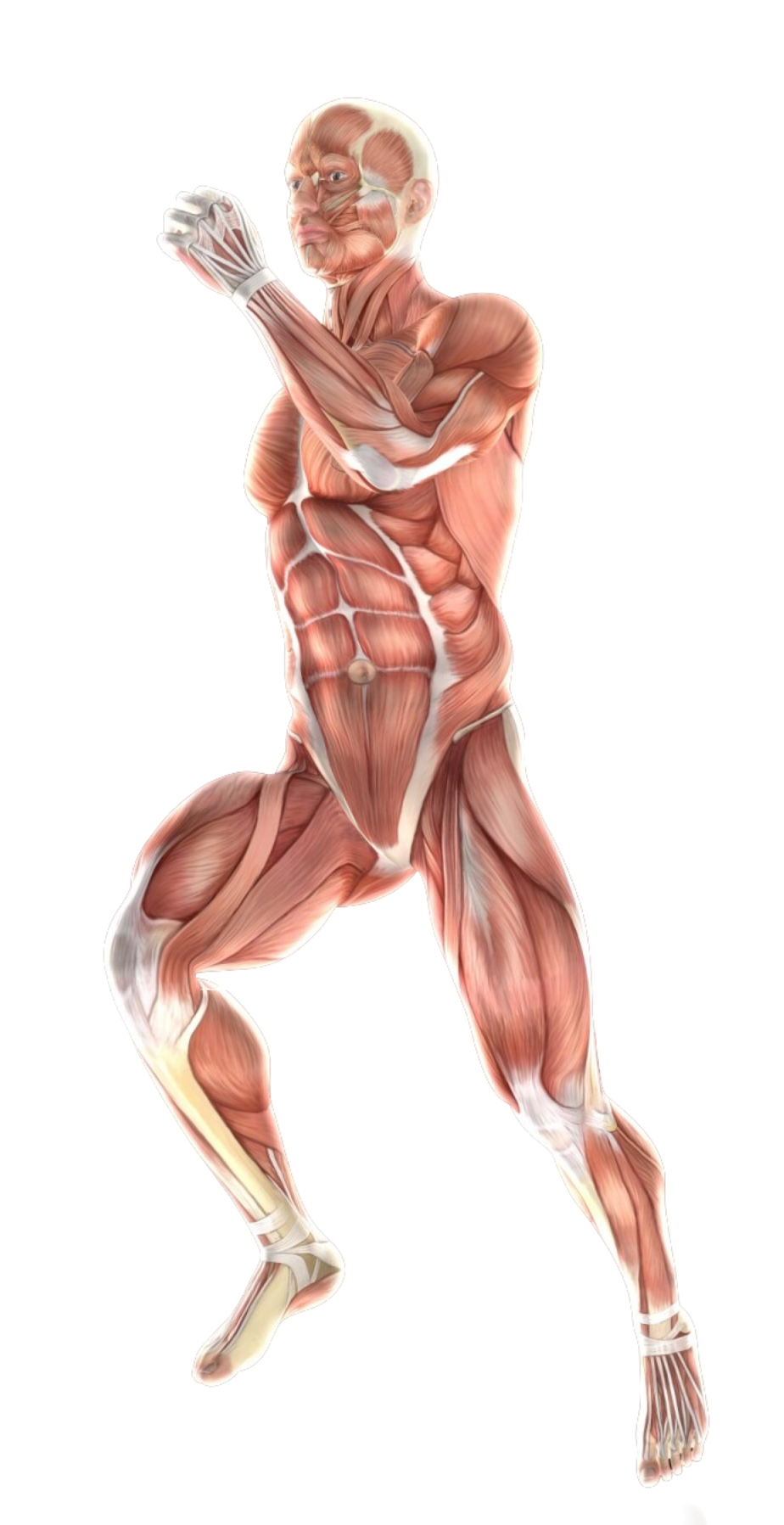- #11-13 Mount Elizabeth Medical Centre (Orchard)
- Mon Fri 9am — 6pm | Sat 9am — 12.30 pm
Radial nerve entrapment, also known as radial neuropathy, occurs when the radial nerve is compressed or irritated. The radial nerve is a large nerve that runs along the arm, supplying sensation and motor function to the triceps muscle (extends the elbow), wrist extensor muscles (extends the wrist and fingers), and some muscles in the hand. Compression of this nerve can cause a variety of symptoms, affecting movement and sensation in the arm and hand.
Symptoms of radial nerve impingement vary depending on the location of the compression. However, some common symptoms include:
This is the most common site of compression, which occurs at the elbow joint where the nerve passes through the radial tunnel, a narrow space between muscle and bone.
Compression can occur near a muscle called the supinator, which is located in the middle of the forearm.
Less common, this syndrome involves compression within the fibrous tunnel near the elbow.
Compression may be high in the arm, near the armpit.
Regardless of location, compression disrupts the normal function of the radial nerve, causing symptoms such as pain, weakness, and numbness.
Several factors can contribute to radial nerve impingement at different sites:
Certain factors can increase your risk of developing a radial nerve block in different places:
Diagnosis of radial nerve impingement usually includes:
Treatment for radial nerve impingement depends on the severity of the compression and your individual needs. Here’s an overview of common treatment options:
This is usually the first line of treatment and can be effective in most cases. This may include:
Surgery for radial nerve impingement is rarely necessary and is usually considered only in severe cases where conservative treatment has failed and symptoms significantly affect daily activities. The type of surgery depends on the location of the compression. This may include:

Spine - Neck
Shoulder & Elbow
Spine — Back
Wrist & Hand
Knee Pain
Ankle Pain
Foot Pain
Book a consultation with us for a more comprehensive diagnosis and a personalised treatment plan best suited to your needs.

Spine - Neck
Shoulder & Elbow
Spine — Back
Wrist & Hand
Knee
Ankle
Foot